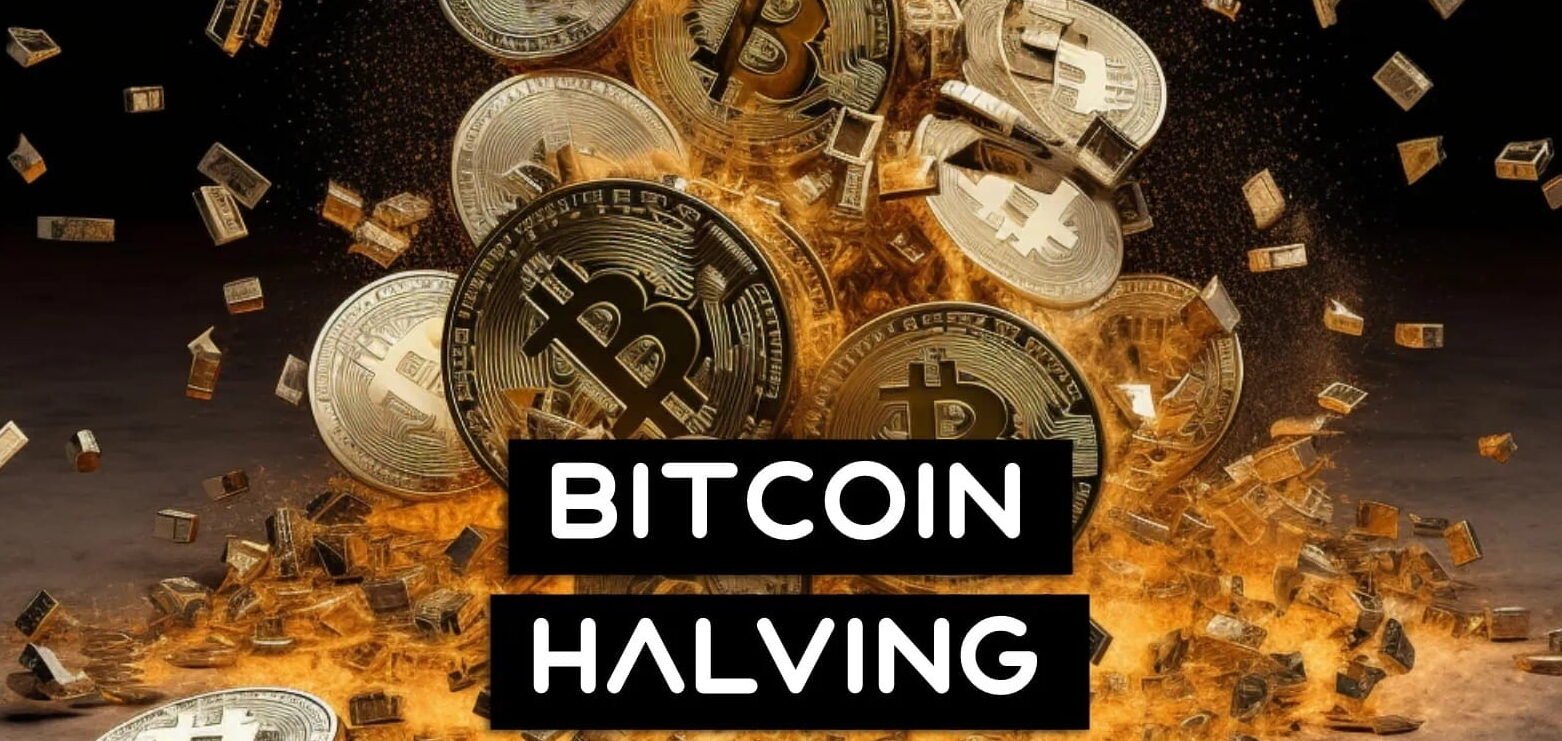With a notable decline in income, Bitcoin miners are under additional financial strain. As a result, many are selling more of their Bitcoin holdings to keep operations running. On-chain analytics tool CryptoQuant claims that Bitcoin’s most recent halving event was in April 2024. This 50% reduction in miner incentives resulted in a surge in selling activity. This drop, coupled with a decrease in Bitcoin network activity, has created a favorable environment for miners striving to maintain profitability.
Bitcoin Halving Impact
The reward for mining a new block halves approximately every four years, a phenomenon known as bitcoin halving. In April 2024, reducing the Bitcoin block reward from 6.25 BTC to 3.125 BTC immediately halved miners’ income. Historically, halving events have significantly affected miners’ income since they directly lower the number of bitcoins given for their efforts. Miner income has dropped dramatically as block rewards have dropped.
 Daily miner income in March 2024 was hovering around $78 million before the halving. But by June 2024, these earnings had dropped to almost $35 million, a loss of more than 55%. This decline is especially alarming since it conforms to the long-standing trend whereby declining rewards cause mining to lose profitability.
Daily miner income in March 2024 was hovering around $78 million before the halving. But by June 2024, these earnings had dropped to almost $35 million, a loss of more than 55%. This decline is especially alarming since it conforms to the long-standing trend whereby declining rewards cause mining to lose profitability.
Transaction fees, which miners have traditionally relied on as additional income, have also dropped, exacerbating the issue. Daily Bitcoin transaction costs peaked in 2023 at about 117 BTC. But by mid-2024, the figure had fallen to just 65 BTC daily. Miners have less incentive to keep mining at the same speed, given fewer transaction fees and much smaller block rewards.
Bitcoin Miner Liquidation
Under these financial strains, Bitcoin miners have been increasingly liquidating their assets. The data from CryptoQuant shows an apparent increase in miner sell-offs in the months after the halving. Over 3,000 BTC moved from mining pools to exchanges on June 9, 2024, the most significant transfer in over two months. With over-the-counter (OTC) desks selling more than 1,200 BTC the next day, the daily volume of OTC transactions since late March 2024 is the largest.
The rising selling activity can be interpreted as a desperate attempt to guarantee liquidity and meet running costs, particularly for big mining companies, which need significant funds to maintain their operations. One such company, one of the biggest Bitcoin mining companies, Marathon Digital, sold 1,000 BTC in one day. This transaction shows how tough it is for miners to be financially steady, given the state of the current market, and reflects a large share of the company’s reserves.
Bitcoin Network Decline
The general drop in Bitcoin Price Network activity is another leading cause of the pressure experienced by currency miners. Since late 2023, the transaction count of Bitcoin—a gauge of network demand and usage—has been progressively declining. In December 2023, the Bitcoin network saw approximately 731,000 daily transactions, a peak that contributed to increased miner income due to improved transaction fees. But that figure had sharply reduced to almost 278,000 daily transactions by June 2024.
The declining popularity of Ordinal inscriptions and BRC20 coins, which previously drove more need for block space, intimately ties into this slowdown in transaction volume. Reduced activity in these sectors has caused the transaction fee market to shrink, aggravating miners’ financial situation.
Miner Selling Impact
The rising selling pressure from miners has consequences for the larger Bitcoin market in several directions. When miners sell a lot of Bitcoin, the market becomes pressured on supply, often resulting in a decline in commodity value. This effect is particularly pronounced when demand does not match the rising supply, such as during declining whale activity or reduced interest in spot Bitcoin exchange-traded funds (ETFs).
> Though the rise in miner selling could momentarily lower prices. The other analysts contend it could be a sign of a market bottom. Historically, a notable decline in mining income can indicate that the cost of Bitcoin has reached its lowest point, suggesting a possible comeback. Often referred to as the “miner capitulation” phase, this results in lesser competition, allowing the remaining miners to mine more effectively. Simultaneously, this forces weaker mining firms to divest their holdings. Such actions can make the climate more suitable for a price comeback, especially if demand rises again.
Though the rise in miner selling could momentarily lower prices. The other analysts contend it could be a sign of a market bottom. Historically, a notable decline in mining income can indicate that the cost of Bitcoin has reached its lowest point, suggesting a possible comeback. Often referred to as the “miner capitulation” phase, this results in lesser competition, allowing the remaining miners to mine more effectively. Simultaneously, this forces weaker mining firms to divest their holdings. Such actions can make the climate more suitable for a price comeback, especially if demand rises again.
Final thoughts
After the April 2024 halving event, Bitcoin miners face unheard-of financial difficulties. Many miners find it challenging to pay their running costs as block rewards have dropped. The transaction fees have dropped. And network activity has fallen. Many miners are now turning to selling their Bitcoin stockpiles to preserve liquidity. Although this rise in miner sell-offs could cause a temporary price drop, other analysts think it could also indicate a possible market bottom, so preparing the ground for a future price comeback would add downward pressure to the Bitcoin market.
The present situation emphasizes the careful equilibrium that miners must negotiate in a volatile market. Miners will have to adjust to these adjustments as the network develops and Bitcoin’s monetary policy keeps changing to keep it lucrative and sustainable over the long run. As the Bitcoin ecosystem expands, it is crucial to closely monitor the ongoing dynamics between mining economics and the coin’s price in the upcoming months.

